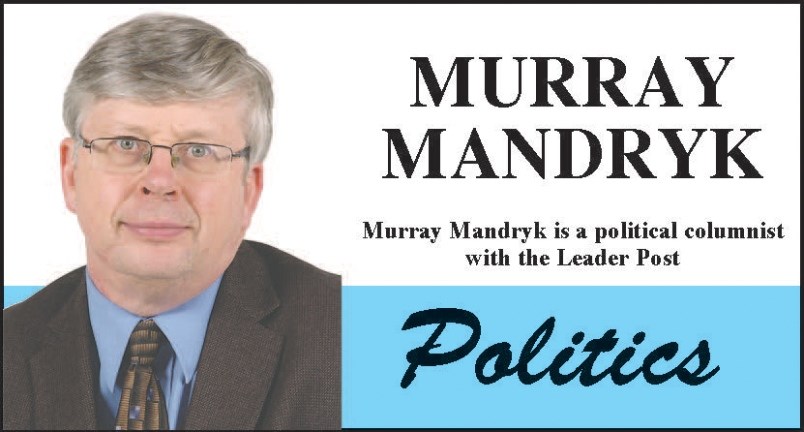The good news is that only one of the two incredibly expensive, vote-buying platforms from the two major parties in this 2020 Saskatchewan election will be implemented.
The bad news is that no matter whether we vote for the Saskatchewan Party and NDP platforms, we all will be paying for these promises for years to come.
It may come down to the lesser of two spending evils.
Let us begin with the platform most likely to be implemented - the Sask. Party’s platform - that will produce deficits of $2.223-billion in 2020-21, $1.695 billion in 2021-22, $1.06-billion deficit in 2022-23 $463.6-million deficit in 2023-24 before turning around a very modest surplus of a $43 million 2024-25.
If implemented in such a way, it would produce the three largest deficits in our province’s history.
The source of all this red ink can be found in massive new spending - $849-million’s worth in the next four years. Moreover, some of its biggest costs may very well be categorized as unnecessary.
They would include $263 million for the Sask. Power customer rebate, $189 million through the Saskatchewan Small Business Tax Reduction plan and $124 million for the Saskatchewan Home renovation. The Sask. Party plan also calls for a series of smaller spending initiatives including $33.6 million for reducing seniors ambulance fees, $18.7 million for reducing costs for diabetics, $8.5 million in community rink grants, $5.6 million in Veterans Services Organization and $3.5 million for increasing funding for deaf/bind services.
Why the incumbent party is likely to get away with all this is because its plan is actually rather modest compared with the NDP campaign platform that would produce more and far larger deficits.
The NDP plan says its government would run deficits of $2.302 billion 2020-21, $1.949 billion in 2021-22, $1.483 billion in 2022-23, $998 million in 2023-24 and $652 million in 2024-25.
After four years of a Ryan Meili government, we would see the four largest deficits in Saskatchewan history and still be $600 million away from a balanced budget.
The source of these NDP government deficits would be $2.14 billion in added spending in the next term of government for some big-ticket policy changes that begin with $536-million to reduce classroom sizes.
The next biggest NDP promise is $432 million to end short-staffing in long-term and acute care followed by $206 million to provide “the best homecare in Canada.”
That is followed by another $202 million over four years to provide $25 per day daycare and increase daycare space. The NDP’s much-talked-about SGI rebate plan will cost a comparatively modest $120 million.
These four major promises are part of a 26-item list that includes $24 million to help offset the minimum wage, $21 million for child welfare reform, $21 million for poverty reduction, $21million for First Nations housing and reconciliation and $19 million for increased funding to combat gangs.
The NDP choice to outspend the Sask. Party is just one of many things going well for Premier Scott Moe this campaign … although it should be noted things haven’t exactly gone perfectly.
The Sask. Party government is still contending with the COVID-19 outbreak that’s seeing a recent rise in case numbers.
Moe’s personal reputation has also taken a hit over issues related to his driving record when he was younger. The sons of a woman killed in a 1997 car crash for which Moe was responsible say he has never properly apologized. And an undisclosed 1994 DUI/leaving the scene charge (later stayed) has hurt his image.
Where it hasn’t seemed to hurt him is in the poll where his government is still on track to an easy win on Oct. 26.
But while this has left the Sask. Party in good shape for the next four years, it’s unlikely the same can be said for Saskatchewan’s taxpayers.
Murray Mandryk has been covering provincial politics since 1983.




